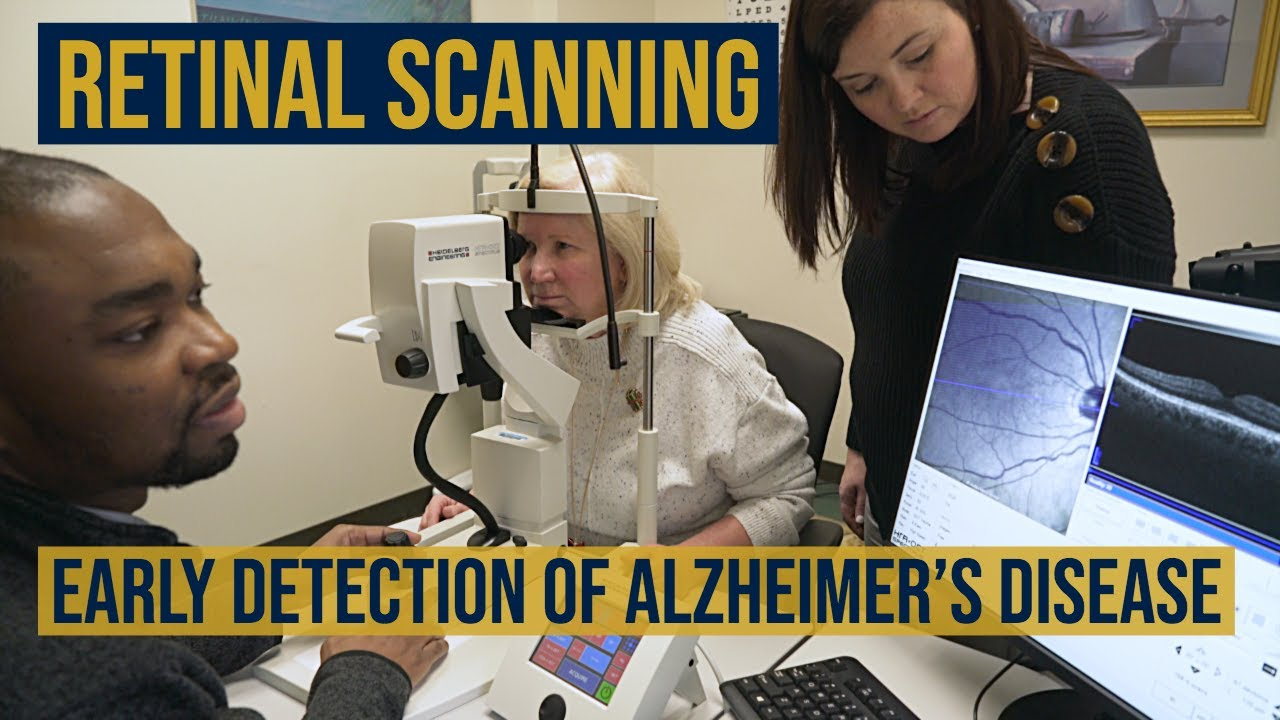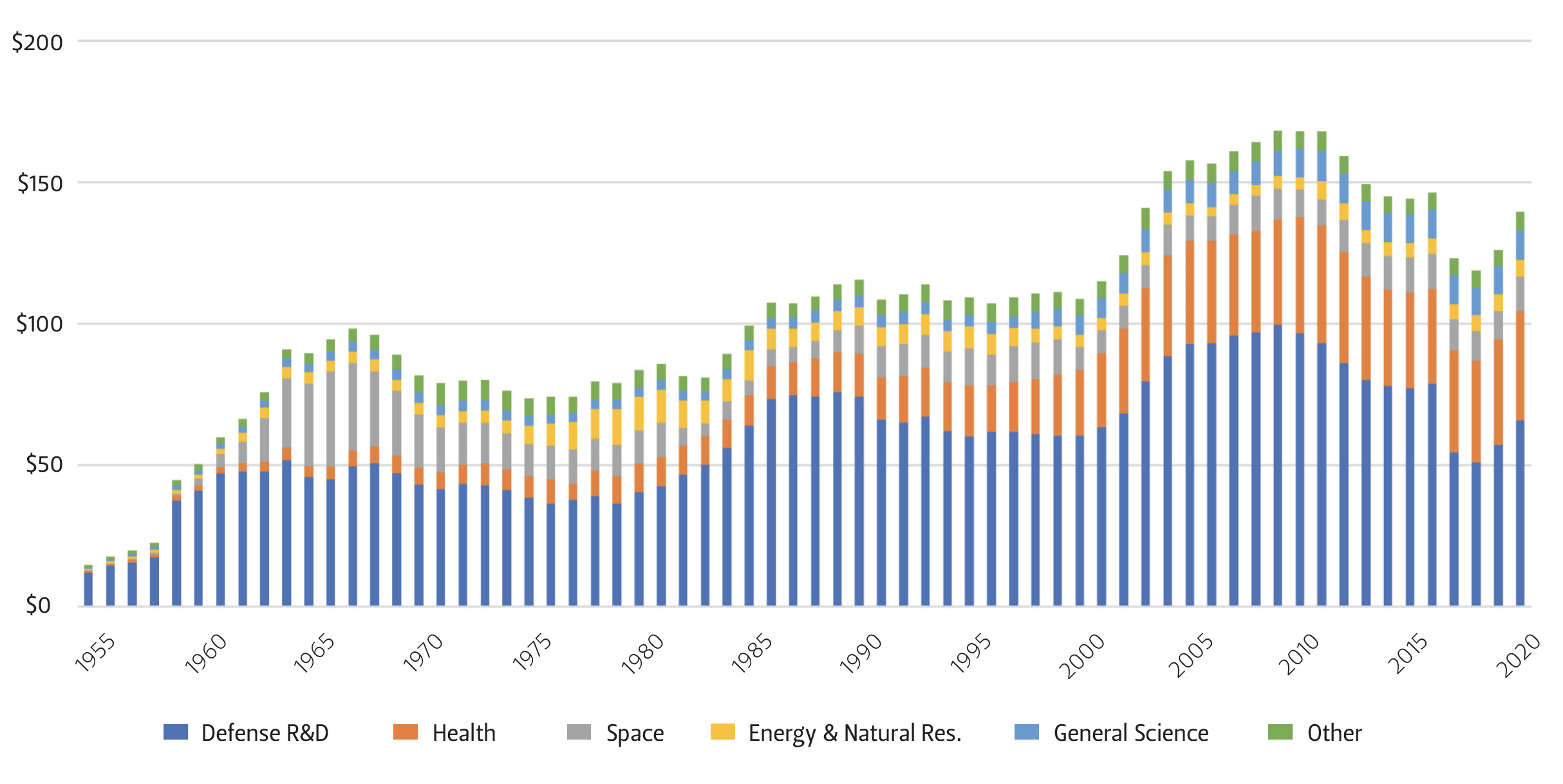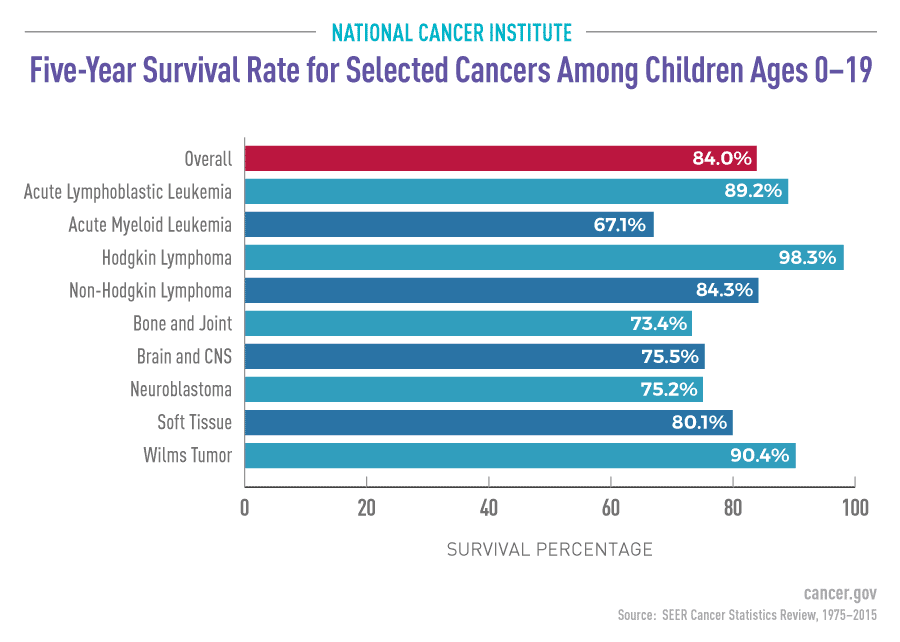The Alzheimer’s early detection test represents a groundbreaking advancement in identifying individuals at risk of cognitive decline long before symptoms manifest. Research from Mass General Brigham has led to the development of olfactory tests that assess memory and discrimination of smells, thereby shedding light on Alzheimer’s risk assessment. Evidence indicates that these home tests can provide a cost-effective and non-invasive method, empowering older adults to take proactive steps towards managing their cognitive health. By examining olfactory function, researchers correlate sensory changes with neurodegenerative diseases, offering hope for early interventions. This innovative approach not only enhances understanding of cognitive impairment but also paves the way for personalized treatment options.
Introducing a novel tool for assessing cognitive health, the olfactory assessment serves as an early detection measure for Alzheimer’s disease, capitalizing on the relationship between smell and cognition. This home testing for Alzheimer’s empowers individuals to monitor their neurological well-being conveniently. By focusing on sensory function decline, researchers aim to pinpoint early indicators of neurodegenerative disorders, making connections that were previously overlooked. Additionally, the potential to implement these simple yet effective tests across diverse populations highlights the importance of accessibility in Alzheimer’s risk assessment. As science explores the link between olfactory abilities and cognitive impairment, it opens up promising avenues for early diagnosis and intervention.
Understanding Alzheimer’s Early Detection Tests
Alzheimer’s early detection tests play a crucial role in identifying individuals at risk for cognitive impairment before noticeable symptoms manifest. Researchers have made significant strides in developing methodologies that leverage our sense of smell to indicate potential neurodegenerative diseases. These innovative tests, including the olfactory test, involve assessing a person’s ability to detect and remember various odors, providing a non-invasive and cost-effective screening process that can be performed in the comfort of one’s home.
Further studies indicate that individuals suffering from cognitive impairment often show diminished capability in odor identification compared to their cognitively healthy peers. The early detection of cognitive decline through these olfactory assessments not only offers hope for better treatment outcomes but also emphasizes the importance of Alzheimer’s risk assessment as a proactive measure. By recognizing changes in olfactory function, researchers aim to intervene early, potentially delaying the onset of significant memory loss and enhancing the quality of life for those affected.
The Role of Olfactory Testing in Cognitive Health
Olfactory testing has emerged as a novel approach to screening for cognitive health, particularly for neurodegenerative diseases like Alzheimer’s and Parkinson’s. The underlying principle is that a decline in sense of smell often precedes the cognitive symptoms associated with these conditions. This correlation is pivotal as it allows for the identification of at-risk individuals during the early phases of neurodegeneration, ultimately leading to timely intervention and better management of cognitive health.
Researchers at Mass General Brigham have continued to explore how olfactory dysfunction serves as a potential indicator of Alzheimer’s disease. With the development of home testing kits, there is now an accessible way for individuals to monitor their cognitive health. This home testing for Alzheimer’s not only empowers participants but also contributes valuable data for ongoing research into how early signs of cognitive impairment can be effectively managed.
Exploring the Connection Between Olfactory Dysfunction and Alzheimer’s Risk
Research shows a strong link between olfactory dysfunction and the risk of developing Alzheimer’s or other neurodegenerative diseases. The loss of the sense of smell is often one of the earliest indicators of cognitive decline, giving insight into the progression of conditions like mild cognitive impairment. This connection has prompted scientists to investigate further how specific olfactory tests could function as reliable predictive tools.
The ability to detect and discriminate odors may decline significantly in individuals at risk for Alzheimer’s, suggesting that olfactory tasks could become standard procedures in preliminary Alzheimer’s risk assessments. The use of such tests not only facilitates earlier diagnosis but also helps in stratifying individuals based on their cognitive health, enabling healthcare providers to offer tailored intervention strategies that may slow progression to more severe cognitive impairment.
Advantages of Home Testing for Alzheimer’s
One of the most promising aspects of the new olfactory tests for Alzheimer’s is their suitability for home testing, offering ease and convenience to participants. Unlike traditional cognitive assessments that often require clinical settings, these tests can be conducted at home with minimal supervision. This accessibility is particularly beneficial for older adults who may have mobility issues or health concerns that make traveling difficult.
Home testing for Alzheimer’s does not only streamline the diagnostic process but also encourages regular monitoring of cognitive health. This proactive approach helps individuals track changes in their olfactory abilities over time, fostering a better understanding of their cognitive well-being. Additionally, this method respects privacy and reduces the anxiety often associated with clinical visits, which may enhance participants’ willingness to seek early diagnostic measures.
Implications for Alzheimer’s Research and Treatment
The successful implementation of olfactory testing has significant implications for Alzheimer’s research and treatment strategies. By using these assessments as a standard part of Alzheimer’s risk assessment, researchers can gather critical data that enhances our understanding of the disease’s early signs and progress. This could potentially lead to better targeted therapies and personalized treatment plans that address the unique needs of individuals showing early cognitive decline.
Moreover, understanding the relationship between olfactory dysfunction and cognitive decline can open new avenues for research into the pathophysiology of Alzheimer’s and similar neurodegenerative diseases. Insights gained from these studies can inform preventive measures, intervention techniques, and public health strategies aimed at combating the rising incidence of Alzheimer’s disease in our aging population.
The Future of Neurodegenerative Disease Detection
As research continues, the focus on olfactory testing represents a shift toward more innovative and patient-centered approaches to neurodegenerative disease detection. With ongoing advancements in technology and methodology, we can expect more refined testing tools that can further enhance early detection capabilities. These developments hold promise for transforming how we monitor cognitive health and identify individuals at risk more effectively.
The future of Alzheimer’s and neurodegenerative disease research could see olfactory testing incorporated alongside existing diagnostic tools. Integrating these tests into regular health check-ups may ultimately lead to broader public awareness concerning cognitive health, allowing for earlier identification and intervention. As researchers pave the way for more comprehensive screening approaches, the hope is to reduce the burden linked to conditions like Alzheimer’s and improve overall quality of life.
Frequently Asked Questions
What is the Alzheimer’s early detection test using olfactory assessment?
The Alzheimer’s early detection test leveraging olfactory assessment involves participants smelling various odor labels to evaluate their ability to identify and remember different scents. This innovative approach can help detect cognitive impairment earlier, indicating potential Alzheimer’s risk.
How effective are at-home tests for Alzheimer’s early detection?
Research shows that at-home tests for Alzheimer’s early detection, specifically olfactory tests, are effective as they allow older adults to evaluate their cognitive function in a familiar environment. These tests can help identify individuals at risk of Alzheimer’s years before clinical symptoms appear.
What role does olfactory function play in Alzheimer’s risk assessment?
Olfactory function is crucial in Alzheimer’s risk assessment because a decline in smell recognition and identification can be an early warning sign of neurodegenerative diseases. Studies suggest that diminished olfactory abilities may indicate increased risk for Alzheimer’s disease and cognitive impairment.
Can olfactory tests accurately identify cognitive impairment related to Alzheimer’s disease?
Yes, olfactory tests can accurately identify cognitive impairment related to Alzheimer’s disease. Participants with mild cognitive impairment scored significantly lower on these tests compared to cognitively normal individuals, highlighting the potential of olfactory assessments in early Alzheimer’s detection.
What are neurodegenerative diseases, and how are they related to Alzheimer’s early detection tests?
Neurodegenerative diseases, such as Alzheimer’s and Parkinson’s, involve progressive degeneration of the nervous system. Alzheimer’s early detection tests, particularly those examining olfactory function, are designed to spot early indicators of these diseases, allowing for timely intervention.
Is there a connection between cognitive impairment and home testing for Alzheimer’s?
Yes, there is a significant connection. Home testing for Alzheimer’s, especially through olfactory tests, allows individuals experiencing cognitive impairment to safely assess their condition. This facilitates early detection and potential early interventions, improving outcomes for those at risk.
How does olfactory dysfunction serve as an early warning for Alzheimer’s disease?
Olfactory dysfunction serves as an early warning for Alzheimer’s disease because it often precedes memory loss and other cognitive symptoms. By detecting an individual’s ability to discriminate and recall smells, scientists can identify potential Alzheimer’s risk, even before more noticeable symptoms develop.
What are the benefits of using olfactory tests in Alzheimer’s research?
The benefits of using olfactory tests in Alzheimer’s research include cost-effectiveness, non-invasiveness, and the ability to conduct assessments in various languages. These tests can provide critical insights into early cognitive decline and support the development of interventions for neurodegenerative diseases.
How can olfactory tests be integrated into clinical practice for Alzheimer’s detection?
Olfactory tests can be integrated into clinical practice for Alzheimer’s detection by establishing protocols for their use in routine assessments, especially for older adults. As a predictive tool for cognitive decline, these tests can enhance Alzheimer’s risk assessment processes within healthcare environments.
What future research is planned regarding olfactory tests and Alzheimer’s disease?
Future research on olfactory tests and Alzheimer’s disease aims to incorporate neuropsychological evaluations and longitudinal studies. This research will investigate the potential of olfactory dysfunction as a reliable predictor of Alzheimer’s progression over time.
| Key Point | Description |
|---|---|
| New At-Home Test | Researchers from Mass General Brigham developed an olfactory test that can be performed at home to detect risks for Alzheimer’s years before symptoms appear. |
| Test Methodology | Participants sniffed odor labels on a card to assess their ability to discriminate, identify, and remember odors. |
| Cognitive Impairment | Older adults with cognitive impairment scored lower on odor identification tests compared to cognitively normal adults. |
| Importance of Early Detection | The test aims to identify individuals at risk of Alzheimer’s for timely intervention, potentially years before memory symptoms arise. |
| Language Inclusivity | The test results were consistent among both English- and Spanish-speaking participants. |
| Future Research | Further studies may incorporate neuropsychological testing to explore long-term cognitive decline prediction. |
Summary
The Alzheimer’s early detection test shows promising potential in identifying individuals at risk of Alzheimer’s disease well before typical memory symptoms manifest. Developed by researchers at Mass General Brigham, this innovative olfactory test enables older adults to assess their cognitive health from the comfort of their homes. By focusing on odor recognition and memory, the study indicates that olfactory dysfunction could serve as an early warning sign of neurodegenerative conditions. Such advancements in early detection could significantly impact research and treatment strategies for Alzheimer’s and similar diseases, paving the way for timely interventions.



